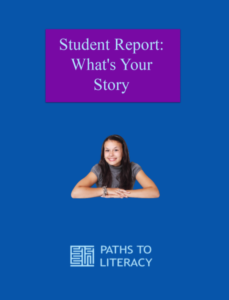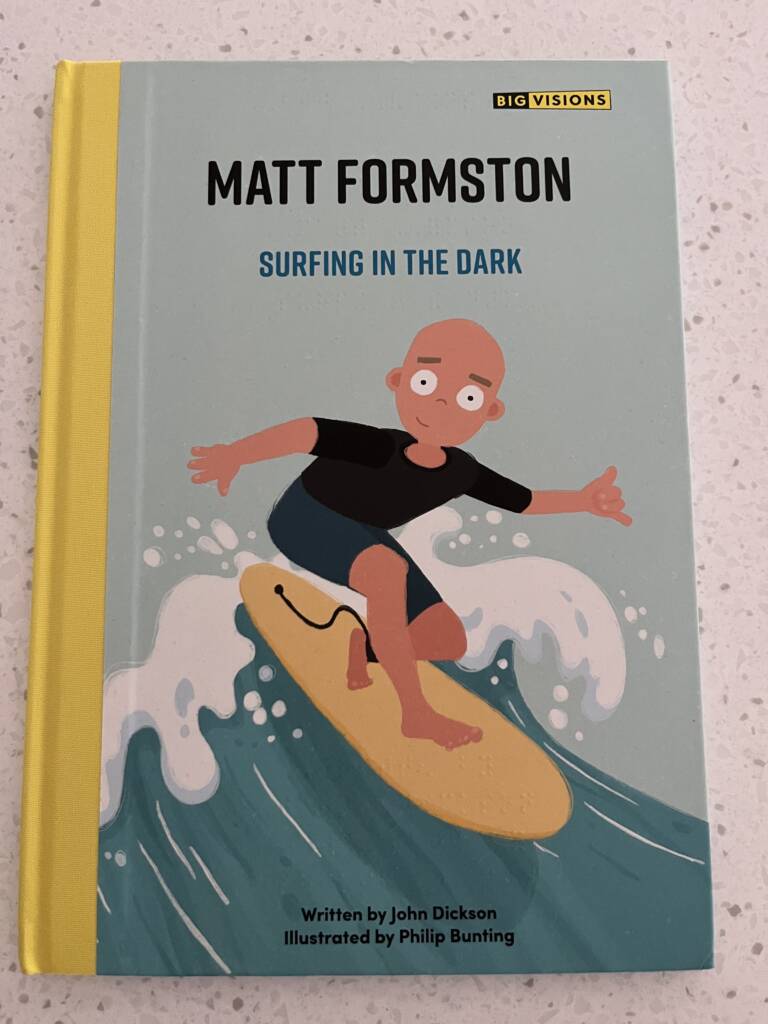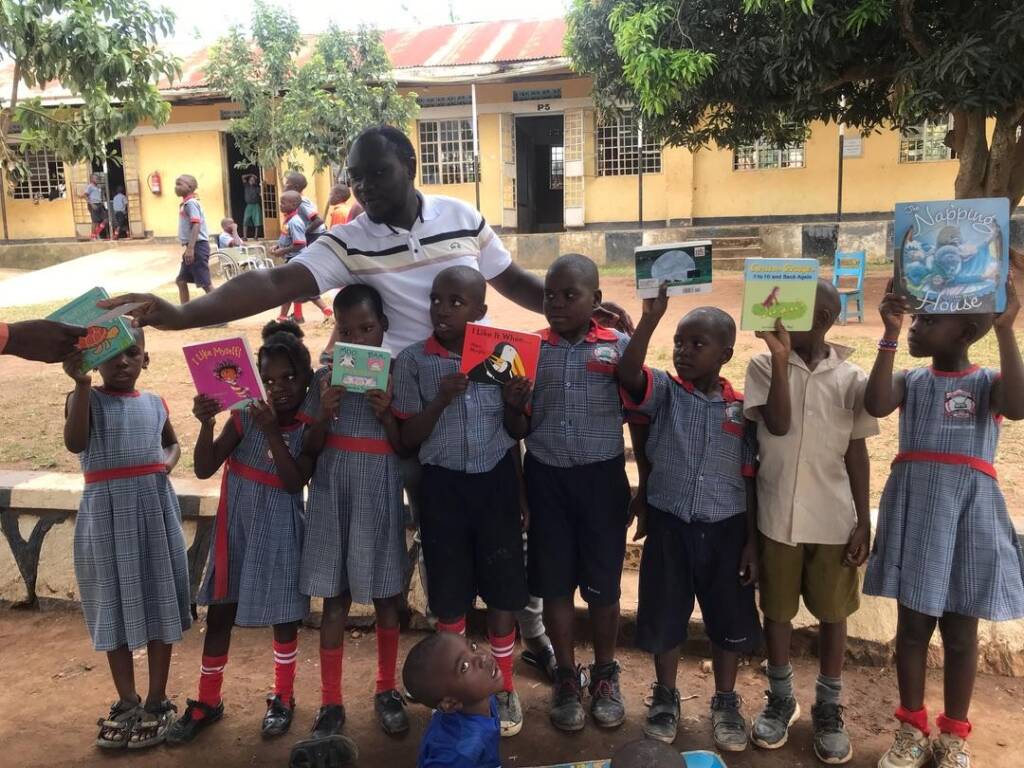Your “story” is a personal narrative about yourself. Being able to tell your story is an important
skill that will benefit you when you give your student report during your individualized
education program (IEP) meeting, when you introduce yourself to new teachers, and when you
start attending job interviews.
Your story should showcase you as the “most valuable player” on your IEP team by sharing your strengths, interests, and needs! A good way to get your story started is to stage an informal interview with your parent, teacher for the visually impaired, or friend. Use the conversation starters below and add your own creative elements!
Final Format Ideas
- Video
- Written document
- Book
- PowerPoint Presentation
- Drawings
- Photos
- Letter
Conversation Starters
1. Tell a little bit about yourself.
- Who is in your family? What are the names of your family members? What do they do for work or school?
- Do you have pets? What kind(s) and what are their names? Describe them. Do they have any silly or special behaviors?
- Where do you live? Share a little about your home and your community.
- Share a favorite memory or favorite place in the world.
2. What are a few of your positive personality traits?
- Feelings (happy, enthusiastic, patient, calm, loving, kind, honest, optimistic, faithful)
- Actions (hard working, helpful, good listener, creative, organized, tidy, polite, lively, silly, talkative, generous)
3. Tell about a great accomplishment, a time where you challenged yourself, or a time
where you surprised yourself or others.
- Were others there to share in your success or was it something you accomplished on your own?
- How did it make you feel?
- What did you learn about yourself?
4. What do you like to do outside of school (e.g., hobbies, gaming, reading, organized
activities, music, sports, volunteer work)?
- Do you participate in these activities alone or with other people?
- How do these activities make you feel?
- What have these activities taught you about yourself?
5. What do you dream of being when you grow up and how are you pursuing those dreams?
6. Tell a little bit about your visual impairment.
- Describe your vision (simple definitions of eye conditions and its effects).
- What tools or adaptations do you need at home or at school to do your work and participate in activities (e.g., braille, magnification, assistive technology, white cane, tips and tricks that have worked in the past)?
- What would you like others to know about you?
Self-Advocacy
- Share your story with your IEP team at the beginning of your IEP with your Student Report.
- Share your story with your classroom teachers at the beginning of the year.
- Share your story with your classmates as Student of the Week or as an autobiography.
Interview Tips
- Provide positive encouragement.
- Help expand on responses (“Tell me more about that”).
- Summarize or paraphrase.
- Provide vision-specific language when needed.





